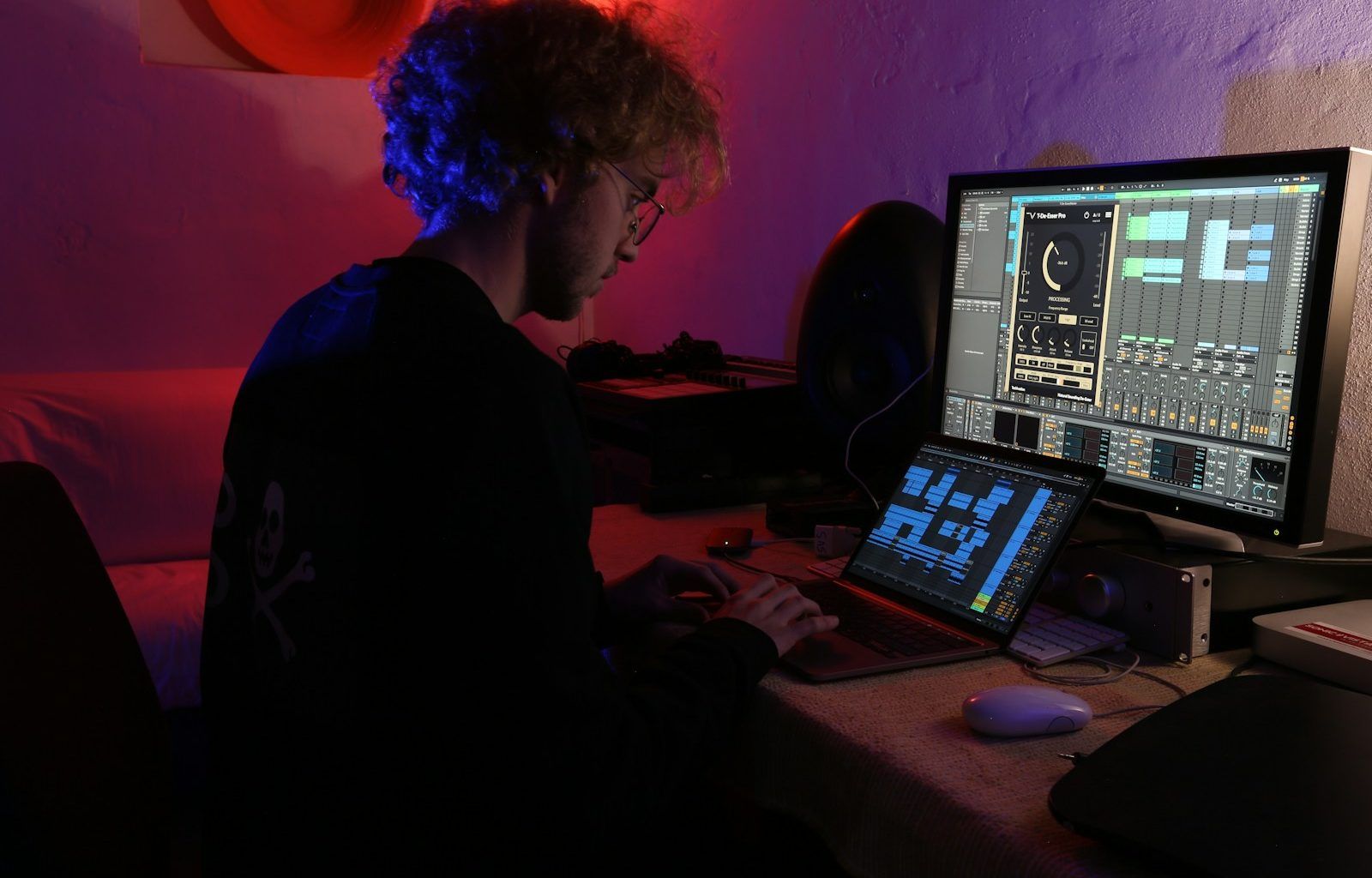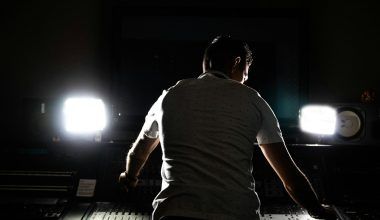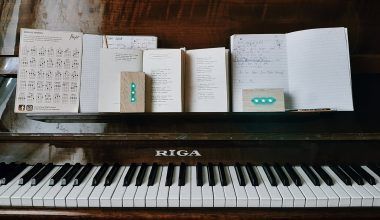Are you ready to create your dream studio setup? Whether you’re a musician, a content creator, or a designer, having a well-organized studio can make a world of difference in how you work and create. A good setup isn’t just about looking sleek; it’s about functionality, comfort, and inspiring creativity. In this guide, we’ll walk you through everything you need to know to design a studio that works for you.
Why Your Studio Setup Matters
A thoughtfully designed studio setup can completely change the way you work. Imagine stepping into a space where everything you need is within reach, and the environment fuels your creativity. When your studio is set up right, you save time, reduce stress, and focus more on what you do best—creating. The right lighting, comfortable furniture, and well-placed equipment can turn any space into a productivity powerhouse.
Assessing Your Space and Needs
Before you start buying equipment or rearranging furniture, take a moment to evaluate your space and what you’ll use it for. Are you a video editor who needs multiple monitors? A podcaster who needs soundproofing? A graphic designer who thrives on natural light? Identifying your needs will help you make better decisions about your studio setup.
First, measure your space. Knowing your dimensions will help you choose furniture and equipment that fit well without crowding the room. Then, think about how you’ll use your studio. Will you need storage for gear? How about space for collaborators? By answering these questions, you can start planning a layout that works for you.
Choosing the Right Desk
Your desk is the centerpiece of your studio setup. It’s where most of the action happens, so it’s essential to choose one that fits your needs. If you’re a music producer, look for a desk with enough space for your keyboard and audio interface. Content creators might prefer a desk with space for cameras and microphones. Designers often need a large surface for their tablets and monitors.
When picking a desk, think about cable management. Built-in cable organizers can keep wires tidy and prevent clutter. Adjustable-height desks are also worth considering, as they allow you to alternate between sitting and standing.
Investing in a Comfortable Chair
A great studio setup isn’t complete without a comfortable chair. Since you’ll likely spend hours in your studio, an ergonomic chair can make a huge difference. Look for one that supports your back and allows you to adjust the height. Features like lumbar support and adjustable armrests can help you maintain good posture and avoid fatigue.
Lighting: More Than Just a Mood
Lighting plays a significant role in any studio setup. Poor lighting can strain your eyes and kill your creativity, while the right lighting can set the perfect mood for productivity. Natural light is always a great option, so position your desk near a window if you can. For nighttime work, consider adding adjustable LED lights or smart bulbs. These allow you to customize the brightness and color to match your workflow.
Don’t forget task lighting. A good desk lamp can make all the difference when working on detailed tasks. Ring lights are also popular for content creators, providing even, flattering illumination for videos.
Organizing Your Equipment
Equipment organization is key to a successful studio setup. Start by categorizing your gear. Group similar items together, like cameras and lenses, or audio equipment. Use shelves, bins, and drawers to keep everything in its place. Labeling storage containers can save you time when searching for specific items.
Cable management is another crucial aspect. Velcro ties and cable sleeves can help you bundle wires neatly. Use cable clips to secure cords to your desk or walls. Keeping cables organized not only looks better but also reduces the risk of tripping or accidentally unplugging something.
Soundproofing Your Space
If you’re working with audio, soundproofing is an essential part of your studio setup. Unwanted noise can ruin recordings and distract you from your work. Start with the basics: seal any gaps around doors and windows, and use heavy curtains to block outside noise.
Acoustic panels are another excellent addition. They absorb sound waves, reducing echo and improving audio quality. Place them on walls, ceilings, or even behind your desk. Rugs and carpets can also help dampen sound, making your studio quieter and more comfortable.
Setting Up Your Technology
Your studio setup isn’t complete without the right technology. This includes your computer, monitors, and any other devices you need for your work. Position your monitors at eye level to reduce neck strain. A dual-monitor setup can increase your productivity, especially if you often multitask.
When it comes to audio, invest in quality speakers or studio monitors. If you’re producing music or editing videos, a good pair of headphones is essential. Ensure your audio interface and microphone are easily accessible and securely mounted.
Adding Personal Touches
Your studio should reflect your personality and inspire you to create. Add personal touches like artwork, plants, or collectibles. A vision board or inspirational quotes can also keep you motivated. Just be careful not to overdo it; too many decorations can make the space feel cluttered.
Keeping Your Studio Clean
A clean studio is a productive studio. Make it a habit to tidy up at the end of each day. Wipe down surfaces, organize your equipment, and empty the trash. Regular cleaning not only keeps your studio looking great but also extends the life of your equipment.
Tips for Small Spaces
Don’t let a small space stop you from creating your dream studio setup. With a little creativity, you can make even the tiniest area work. Use vertical space by adding shelves or wall-mounted storage. Foldable furniture can save space when not in use. Mirrors can make a small room feel larger and brighter.
Budget-Friendly Studio Setup Ideas
Creating a great studio doesn’t have to break the bank. Start by prioritizing your most essential items, like a desk and chair. Look for second-hand equipment or DIY solutions to save money. For example, you can build your own acoustic panels or repurpose household items for storage.
Conclusion
Designing your ideal studio setup is a journey, not a one-time project. As your needs evolve, your setup may need adjustments. Take your time to plan, experiment, and find what works best for you. With the right setup, you’ll create a space where inspiration flows and creativity thrives. So go ahead—start building your dream studio today!
For further reading, explore these related articles:
- All About Major Lazer Songs: Why Everyone Loves Their Music
- Exploring Ed Sheeran’s South of the Border Lyrics
For additional resources on music marketing and distribution, visit DMT Records Pvt. Ltd..






